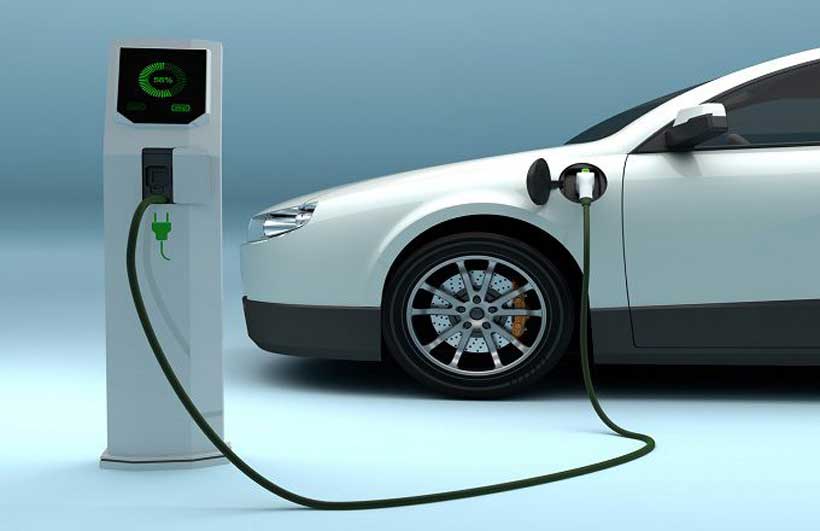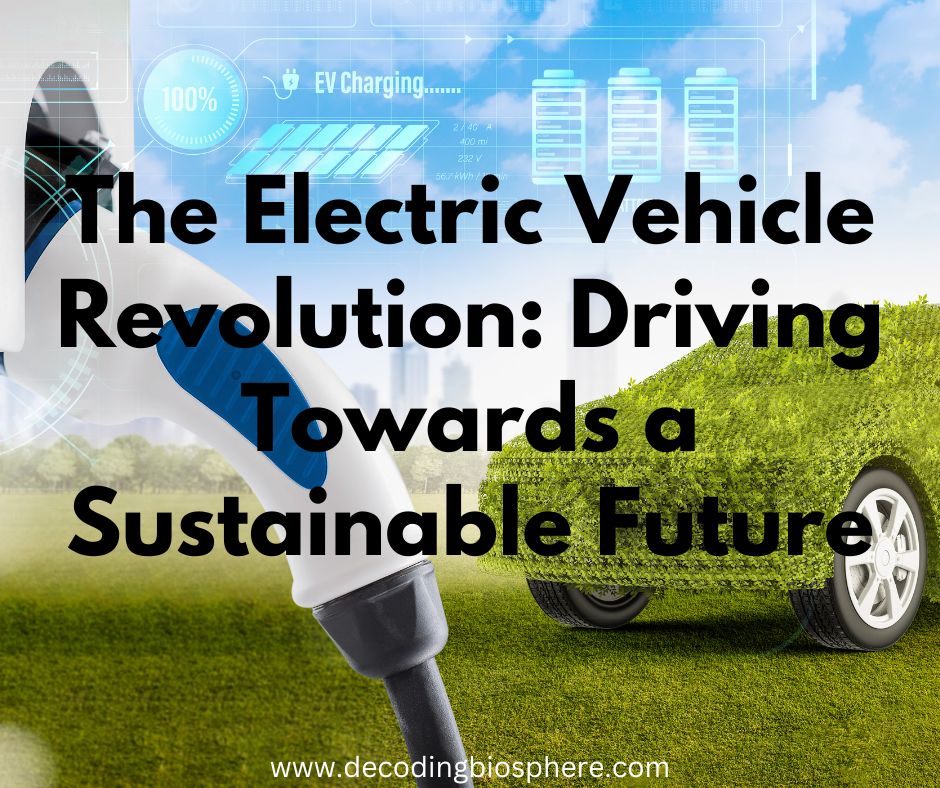Introduction
As the world grapples with climate change, air pollution, and dwindling fossil fuel reserves, electric vehicles (EVs) have emerged as a revolutionary solution in the transportation sector. Unlike traditional vehicles powered by internal combustion engines, EVs run on electricity and offer a cleaner, more sustainable alternative. This essay explores the rise of EVs, their environmental and economic benefits, the challenges they face, and their potential to reshape the future of mobility.
The Rise of Electric Vehicles

Electric vehicles are not a recent invention—they have existed since the early 19th century. However, the recent surge in EV popularity can be attributed to advancements in battery technology, stricter environmental regulations, and growing consumer awareness. Companies like Tesla, Nissan, and BYD have made EVs more mainstream, while legacy automakers like Ford and Volkswagen are investing heavily in electric mobility.
Environmental Benefits
1. Reduced Emissions
EVs produce zero tailpipe emissions, significantly lowering the amount of greenhouse gases and pollutants released into the atmosphere. This helps combat climate change and improves air quality, especially in urban areas.
2. Energy Efficiency
Electric motors convert over 85% of electrical energy into motion, compared to about 20–30% for gasoline engines. This makes EVs far more efficient in terms of energy use.
3. Lower Noise Pollution
EVs are quieter than conventional vehicles, contributing to a reduction in noise pollution, which is beneficial for both human health and wildlife.
Economic Advantages
1. Lower Operating Costs
EVs have fewer moving parts and require less maintenance—no oil changes, fewer brake replacements, and fewer mechanical issues. Electricity is also generally cheaper than gasoline.
2. Job Creation in New Sectors
The EV industry is creating jobs in battery production, charging infrastructure, and software development, driving innovation and economic growth.
3. Energy Independence
By reducing reliance on imported oil, EVs can help countries strengthen their energy security.
Challenges Facing EV Adoption
1. High Upfront Costs
Although EV prices are falling, the initial cost remains higher than that of traditional cars. However, lower lifetime operating costs often compensate for this over time.
2. Limited Charging Infrastructure
One of the biggest obstacles is the lack of widespread, fast, and reliable charging networks—especially in rural and developing areas.
3. Battery Concerns
Current EV batteries rely on rare minerals like lithium and cobalt, whose extraction raises ethical and environmental concerns. Battery recycling and sustainable sourcing are still developing.
The Road Ahead
The future of EVs looks promising. Governments around the world are offering incentives and setting deadlines to phase out gasoline vehicles. Innovations in solid-state batteries, wireless charging, and solar-powered EVs are already in progress. As battery prices decline and charging networks expand, EVs are expected to dominate global car markets within the next two decades.
Conclusion
Electric vehicles represent more than just a shift in automotive technology—they symbolize a broader movement toward a cleaner, greener, and more responsible future. While challenges remain, the momentum behind EVs is undeniable. By supporting innovation, investing in infrastructure, and making sustainable choices, we can ensure that electric mobility becomes not just an alternative, but the standard for future generations.
